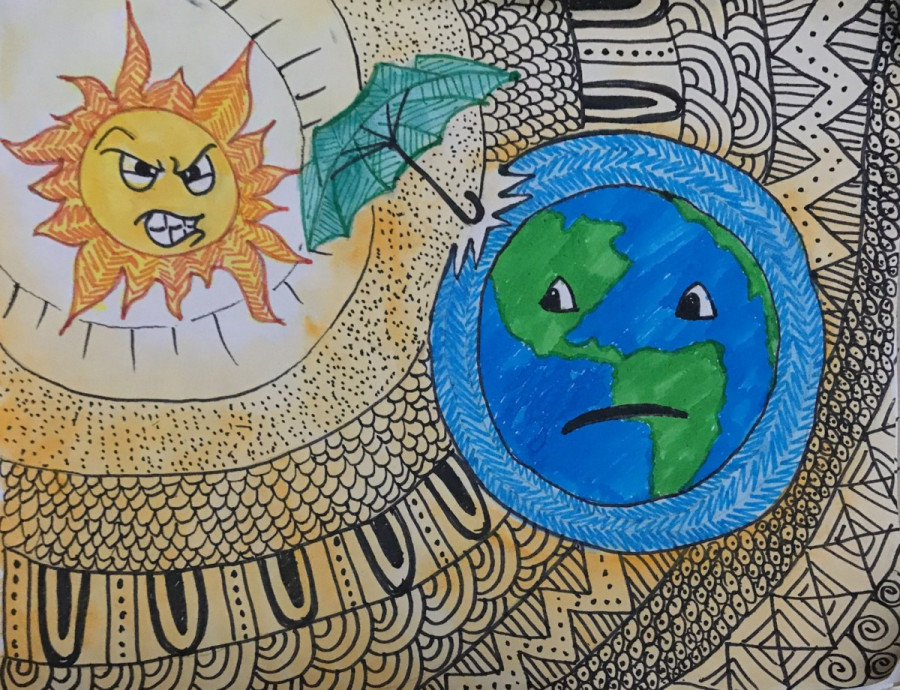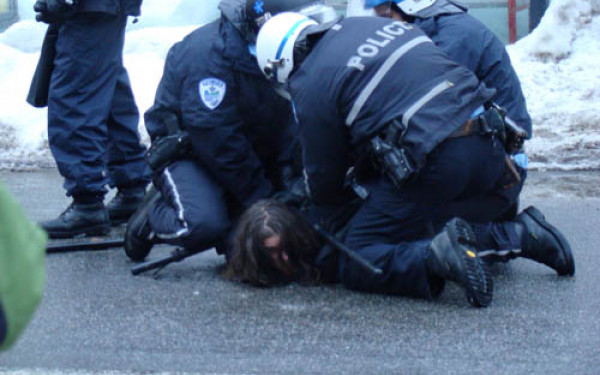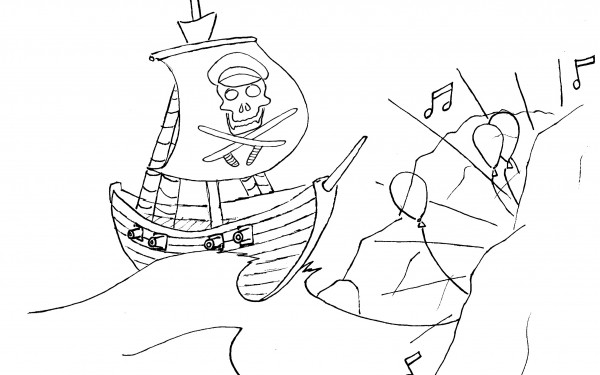Thirty Years Later: How the Montreal Protocol Changed the World
A Look at How the Protocol Became the Benchmark For International Co-operation
The Montreal Protocol is the first-ever universally ratified treaty by the United Nations, encompassing all 197 countries.
On Sep. 16 of this year, it turned 30 years old.
Having entered into force on New Year’s Day in 1989, the Montreal Protocol was signed during a time where drastic and immediate change needed to be agreed upon. The protocol curbed the growth of the hole in the ozone layer significantly and most likely prevented a serious environmental crisis.
The treaty prevented damage to the ozone layer that would have been 10 times worse had it not been enforced, according to a 2009 NASA study. That would have meant increased damage to animals, plants, and humans. Skin cancer rates would’ve risen. By 2065, the amount of DNA-mutating UV radiation would have been up 500 per cent and two-thirds of the world’s ozone would be gone.
Not only did the Montreal Protocol effectively mitigate some of the most dangerous effects that would have come up without properly addressing the amount of ozone, it was also a landmark moment for international diplomacy. Being the first universally agreed upon treaty in the history of the United Nations, it showed that, regardless of international tensions, the future of our planet should be above conflicts or disagreements.
By sharing the burden among all nations and applying a localized effort in order to limit and the ultimately shut down the use of chlorofluorocarbons and other ozone depleting substances, the main catalysts for ozone depletion.
The narrowed-down approach of the Montreal Protocol is one of its most effective clauses, especially compared to the Kyoto Protocol. The fact that the Kyoto Protocol adopted a more global approach of international regulation is one of the reasons why it failed to attack some of the more local issues that would have been better addressed through a framework similar to that of the Montreal Protocol.
It’s not the fact that all the countries came together that is most impressive out of all. What really makes it the pinnacle of diplomacy was the brutal simplicity with which the treaty and its negotiations were undertaken.
In 1979, scientists were just starting to understand the potential damage that a depleted ozone layer could cause. Their worries were intensified when they saw the hole in the ozone layer above the South Pole had gone from 1.1 million square kilometers in 1979 to 22.4 million when the Montreal Protocol was signed in 1987.
Seeing this problem, governments did not entertain anti-science thinkers or reject an international crisis for the sake of “the economy” by blowing up one of the planet’s last chances at saving an environment, as was the case with the United States pulling out of the Paris Agreement. Today, the Montreal Protocol would likely have been met by much more skepticism by American republicans and climate change deniers.
Policymakers and scientists got to work and drew up a long-term plan that would slowly phase out harmful ozone-depleting substances that curbed the growth rate of the hole so drastically that in the 24 years following the Montreal Protocol, the hole only grew an additional 3.6 million square kilometres—an enormous reduction in growth from the 21.3 million square kilometres between 1979 and 1987.
Thanks to this agreement, the ozone hole is now currently healing and has closed up by roughly 4 million square kilometres since 2000, according to Susan Solomon, a professor of atmospheric chemistry and climate science at MIT.
“It gives us hope that we shouldn’t be afraid to tackle large environmental problems,” said Solomon.
All this progress because 30 years ago, the world decided that, as a global community and as species, the only solution to an inevitable global crisis affecting everyone would be to work together.
Hopefully, we can find that spirit again sometime in the future.






